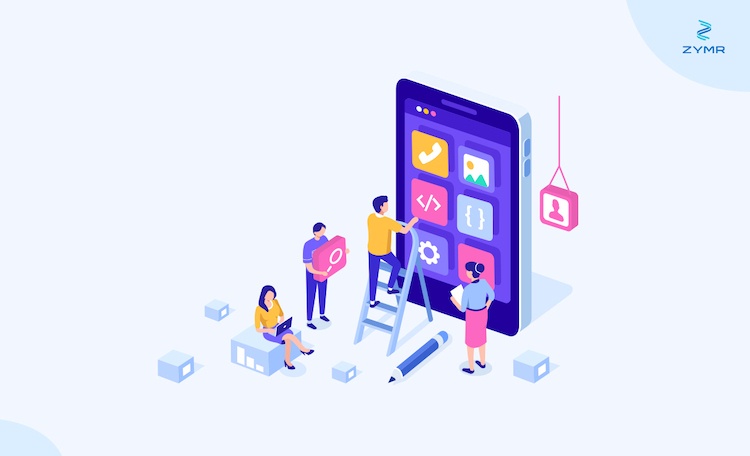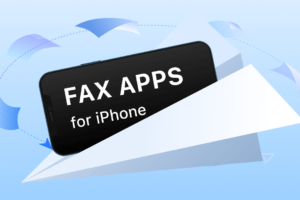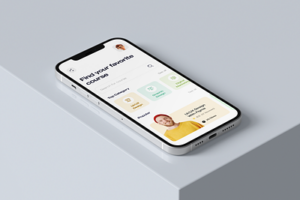Embarking on the journey of app development is a thrilling adventure filled with twists, turns, and obstacles to overcome.
From platform complexities to security concerns, developers face numerous challenges that can make or break their app’s success.
In this in-depth guide, we will explore ten key challenges encountered during app development and provide detailed solutions to help you navigate the path to triumph and the article will guide you on how to deal with them. Get ready to embark on an epic odyssey of app creation!
Embracing Platform Diversity: Striking the Balance Between Native and Cross-Platform Development:
Challenge: Developing an app that runs seamlessly on multiple platforms (iOS, Android, etc.) requires addressing platform-specific nuances while minimizing development time and effort so make sure if there is any company you hired who provides app development services must confirm whether the DevOps team is available or not.
Solution: Consider using a hybrid approach with cross-platform frameworks such as React Native or Xamarin. These frameworks allow developers to write code once and deploy it across multiple platforms, while still accessing native capabilities.
By carefully evaluating the pros and cons of native and cross-platform development, you can strike a balance that suits your app’s requirements.
User Experience (UX) and User Interface (UI) Design: Designing for Delight and Simplicity:
Challenge: Designing an app with an intuitive and visually appealing user interface, combined with a seamless user experience, requires understanding user expectations and incorporating best design practices.
Solution: Conduct thorough user research to identify user preferences, pain points, and behaviors. Utilize wireframing and prototyping tools to visualize the app’s interface and interactions.
Involve UX/UI designers to create a user-centric design, ensuring consistency, simplicity, and accessibility. Regularly test the app’s usability with real users and iterate based on feedback.
Performance Optimization: Enhancing Speed, Responsiveness, and Efficiency:
Challenge: Users expect apps to load quickly, respond instantly, and consume minimal system resources. Optimizing app performance is crucial for retaining users and delivering a seamless experience.
Solution: Employ techniques like code optimization, caching, and minimizing network requests to reduce app loading times. Optimize image and media files for efficient delivery.
Implement lazy loading to load content dynamically. Use profiling tools and performance testing to identify bottlenecks and optimize critical components of the app.
Security and Data Protection: Safeguarding User Trust and Privacy:
Challenge: Protecting user data from security threats, ensuring secure data transmission, and complying with privacy regulations are critical challenges in app development.
Solution: Implement encryption algorithms and secure data storage mechanisms to protect user information.
Follow secure coding practices and conduct regular security audits to identify and patch vulnerabilities. Adopt OAuth and token-based authentication for secure user authentication.
Comply with data protection regulations such as GDPR or CCPA to build trust with users.
Integration Challenges: Seamlessly Connecting External Services and APIs:
Challenge: Integrating third-party services, APIs, or databases into an app can be complex due to compatibility issues, varying documentation, and changing requirements.
Solution: Thoroughly research and choose well-documented and reliable APIs and services that align with your app’s needs.
Leverage integration tools and libraries provided by service providers to simplify the integration process. Implement proper error handling and monitoring to ensure smooth functionality and quickly address any integration-related issues.
Battery Efficiency: Maximizing App Performance While Minimizing Battery Drain:
Challenge: Balancing app functionality and performance with optimal battery usage is crucial for user satisfaction and prolonged device usage.
Solution: Optimize background processes and limit unnecessary background activities to reduce battery consumption.
Utilize efficient algorithms and data caching techniques to minimize CPU and network usage. Leverage power profiling tools to analyze power usage patterns and optimize energy-intensive components.
App Store Optimization (ASO): Garnering Visibility and User Acquisition:
Challenge: With millions of apps in app stores, getting noticed and increasing app visibility to attract users is a significant challenge.
Solution: Conduct thorough keyword research to optimize your app’s metadata, including title, description, and tags. Create compelling and visually appealing app screenshots and videos. Encourage positive user reviews and ratings to boost app credibility. Monitor app analytics to gain insights into user behavior and continuously improve the app’s performance and user acquisition strategies.
Scalability and Performance Under Load: Ensuring App Resilience in High-Traffic Situations:
Challenge: Building an app that can handle increasing user demands and sudden spikes in traffic without compromising performance or crashing is crucial for user satisfaction.
Solution: Conduct load testing and stress testing to identify performance bottlenecks and optimize server resources.
Utilize cloud-based infrastructure and scalable backend solutions to handle increasing traffic. Implement caching mechanisms, database optimization techniques, and content delivery networks (CDNs) to improve app performance under heavy loads.
App Monetization: Maximizing Revenue Opportunities:
Challenge: Identifying and implementing effective monetization strategies to generate revenue from the app can be a complex task.
Solution: Explore various monetization models such as in-app purchases, subscription plans, advertisements, or sponsored content.
Analyze user behavior and preferences to implement targeted advertising. Consider offering a freemium model with optional premium features. Continuously monitor and optimize revenue-generating mechanisms to maximize profitability.
Continuous Improvement and Updates: Ensuring App Longevity and User Engagement:
Challenge: Sustaining user engagement and relevance in a rapidly evolving app landscape requires regular updates and enhancements.
Solution: Gather user feedback through app analytics, reviews, and surveys to understand user needs and pain points.
Regularly release updates to address bugs, introduce new features, and improve performance. Embrace agile development methodologies to iteratively enhance the app based on user feedback, industry trends, and changing user expectations.
Conclusion:
App development checklist and execution is an exhilarating journey filled with challenges, but armed with these ten solutions, you’re well-equipped to conquer any obstacle that comes your way.
By effectively addressing platform diversity, prioritizing user experience and design, optimizing performance and security, streamlining integrations, and staying vigilant about scalability, monetization, and continuous improvement, you’ll set yourself up for success and create apps that captivate users and stand the test of time.














